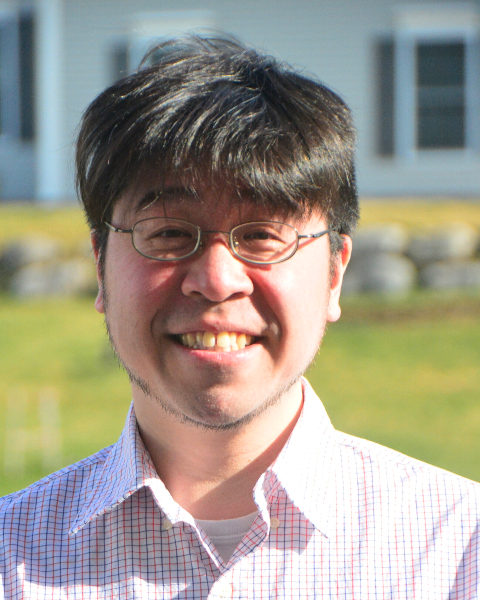Biomedical Engineering Education
Biomedical Engineering Education - Poster Session D
Poster Q15 - The Role of Simulation and Virtual Reality in Biomedical Engineering Education
Friday, October 25, 2024
3:30 PM - 4:30 PM EST
Location: Exhibit Hall E, F & G

Pun To (Douglas) Yung, PhD (he/him/his)
Associate Teaching Professor
Syracuse University
Syracuse, New York, United States
Presenting Author(s)
Introduction: Biomedical engineering is an interdisciplinary field that applies principles of engineering and biological sciences to advance healthcare. The introduction to biomedical engineering course aims to provide a comprehensive overview of the field, covering topics such as biomechanics, bioinstrumentation, molecular and cellular engineering, and biomedical imaging. To enhance theoretical understanding and practical skills, the course integrates simulation and virtual reality (VR) technologies. These tools offer students immersive and interactive learning experiences that supplement traditional lectures and lab exercises. This paper discusses the implementation of simulation and VR in the biomedical engineering curriculum, highlighting their role in improving student engagement and learning outcomes.
Materials and
Methods: The course curriculum includes weekly modules that combine lectures with hands-on activities. Each module focuses on a specific topic within biomedical engineering, supplemented by relevant simulation and VR exercises. The following methodologies are employed:
Computer-Aided Design (CAD) Stress Analysis:
Students use CAD software to model and analyze stress distribution in biomedical devices and anatomical structures. This helps them understand the mechanical properties and design considerations in biomechanics.
Physiological Modeling in Simulink:
Simulink is utilized to create and simulate physiological models, such as cardiovascular and respiratory systems. This allows students to visualize complex physiological processes and their interactions.
Virtual Clinical Immersion:
VR is used to create virtual clinical environments where students can experience scenarios such as surgical procedures and patient interactions. This provides a safe and controlled setting for practicing clinical skills and decision-making.
Biohacking and Virtual Signal Measurement:
Students engage in biohacking exercises using VR to simulate stressful or "scary" moments. They measure and analyze physiological signals such as heart rate, electroencephalogram (EEG), and electromyogram (EMG) in real-time, correlating these with their virtual experiences.
These methods are designed to complement the theoretical content covered in lectures, providing students with a holistic understanding of biomedical engineering principles.
Results, Conclusions, and Discussions: The integration of simulation and VR in the biomedical engineering curriculum has demonstrated significant benefits in enhancing student learning and engagement. The following outcomes were observed:
Enhanced Practical Skills:
Students reported increased confidence and competence in applying engineering principles to solve biomedical problems. The hands-on nature of the simulations allowed them to gain practical experience that is often difficult to achieve through lectures alone.
Improved Theoretical Understanding:
The use of simulations and VR helped students visualize complex concepts, making it easier to grasp theoretical content. For example, physiological modeling in Simulink provided a clear representation of system dynamics, aiding in the understanding of physiological processes.
Increased Student Engagement:
The interactive and immersive nature of VR and simulations captured students' attention and maintained their interest throughout the course. Feedback indicated that these tools made learning more enjoyable and stimulating.
Development of Critical Thinking and Problem-Solving Skills:
Engaging in simulations and virtual clinical scenarios required students to apply critical thinking and problem-solving skills. They had to analyze data, make decisions, and reflect on their actions, which are essential skills for biomedical engineers.
Correlation with Electrophysiological Measurements:
The biohacking and virtual signal measurement exercises provided valuable insights into the physiological responses to stress. Students learned to measure and interpret electrophysiological signals, which are crucial for developing bioinstrumentation devices.
In conclusion, the incorporation of simulation and VR in the introduction to biomedical engineering course has significantly enriched the learning experience. These technologies bridge the gap between theoretical knowledge and practical application, preparing students for future challenges in the biomedical engineering field. The positive feedback from students underscores the effectiveness of these methods in enhancing both practical skills and theoretical understanding. As technology continues to advance, further integration of innovative tools in biomedical engineering education will be essential to equip students with the necessary skills and knowledge to excel in this dynamic and impactful field.
Acknowledgements (Optional):
